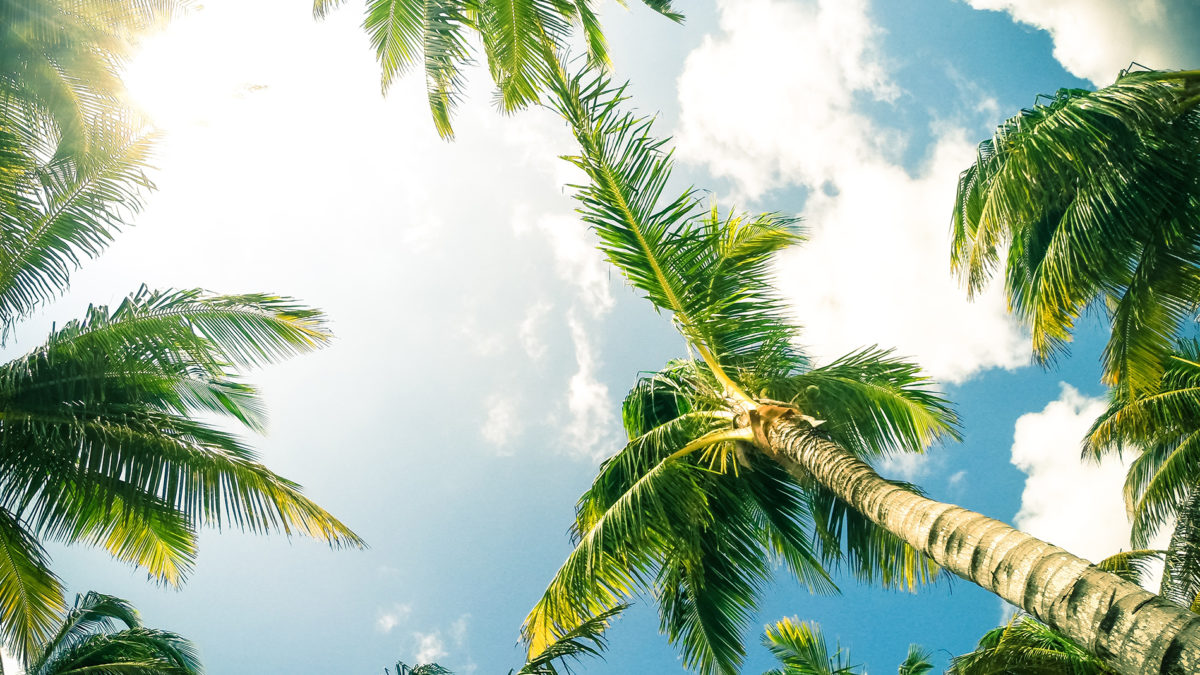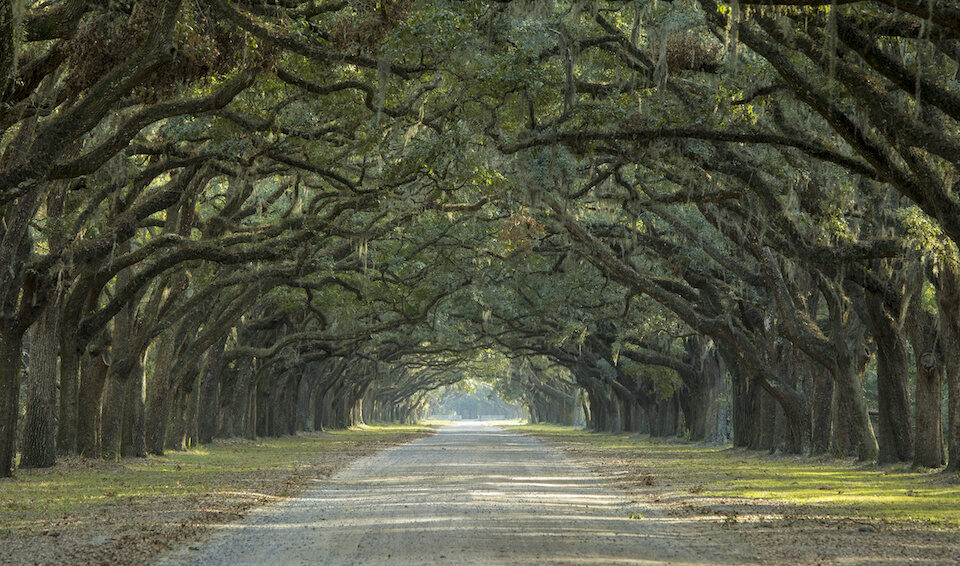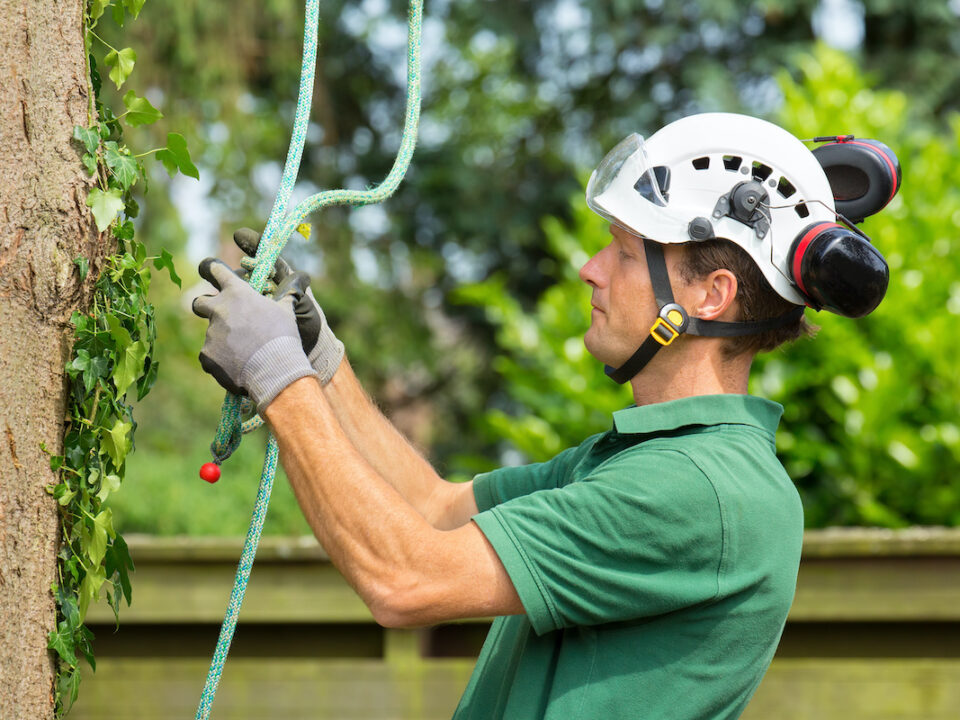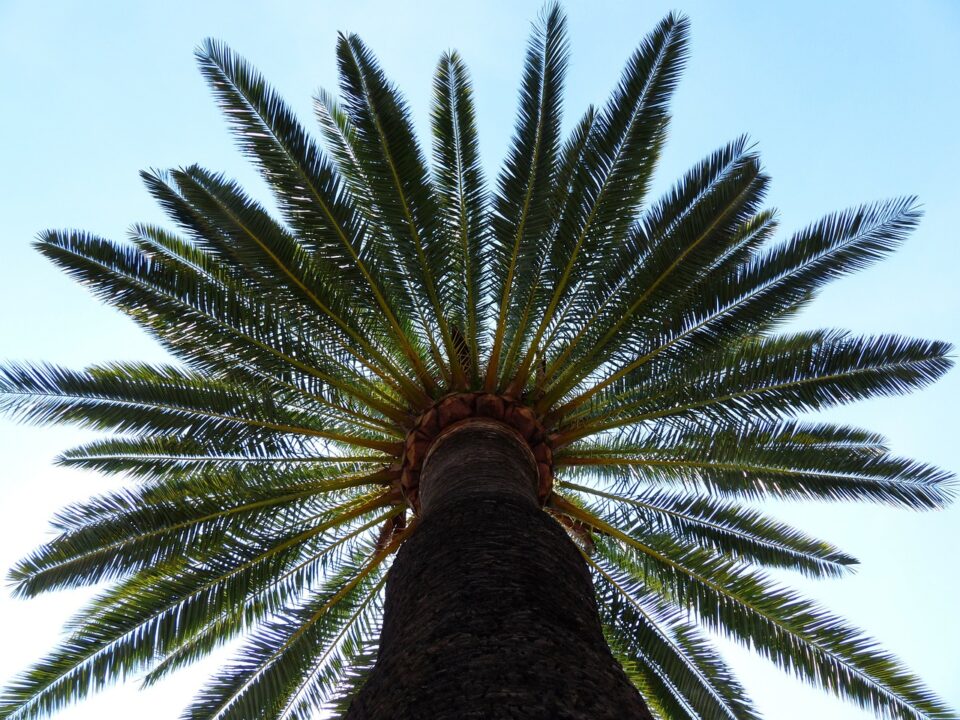Did you know that there are over 2,500 different varieties of palm tree species all over the world? Not only that but almost all of them can be grown right here in Florida.
Sure, we all know what a palm tree looks like and that we like them, but what do you do if you have one in your yard? Do you know how to take care of it?
Don’t worry, we do. We’re excited for you to read this crash course in palm tree maintenance and find out how we can help you manage it.
What Makes Palm Trees Different?
Of the 2,500 different palms, there are a few that are very common here in Florida. The majority of the palms you see out and about are the Royal Palm, Sabal Palm, and Canary Island Date Palm.
Something that makes palm trees different than say, an oak tree, for instance, is that you have to take very special care of the root structure. Palm trees don’t have roots that grow far down into the ground.
Palms have a root ball about as big as the tree is wide that branches out a very small amount but stays relatively the same size for the life of the tree. Because of this, they make great choices for the sides of roadways and sidewalks because large roots will not interfere with the pavement or concrete.
Most palm trees grow into one single trunk but some can grow in a cluster or clump as well.
The palm’s life depends on the health of its terminal bud at the top of the tree. This is the single growing point of the palm tree and if it’s damaged the palm may die.
What Type of Soil is Best For Palm Trees?
Since the root structure of palm trees stays so compact and near the surface, the topsoil becomes the most important part for the health of the palm.
The soil needs to be nutrient-rich and have regular fertilization to maintain the quality the tree will need to thrive.
How Often Do I Need to Water My Palm Trees?
If you’ve just planted a palm tree you’ll want to water it twice a week for the first six months or so. Make sure you’re providing enough water so that the moisture is penetrating down at least 18 inches into the soil.
If you have particularly sandy soil you’ll want to add more water because it’s not a good maintainer of moisture.
For a palm that has been there a while and is well established it all depends on the weather. You’ll need to water more during the super hot days of summer, probably twice a month. But, once the weather cools down you can taper off to around once every 6 weeks or so.
What About Pruning?
Some trees will require regular pruning while some will shed their palm fronds naturally. Make sure you’re only getting rid of yellowing, dead, and old fronds though.
Taking away young growth is detrimental to the tree and can take away nutrients. Always make sure to not trim too close to the trunk. Any accidental cuts into the trunk of the tree leave it susceptible to disease and other issues.
If you’re not sure how best to do it, it’s a good idea to leave this to the professionals.
Are There Any Pests or Diseases I Should Be Aware of?
There are a large number of pests, viruses, and bacteria that palms are susceptible too along with the normal insects and other wildlife as well.
Some of the most common pests are:
- Cabbage Palm Caterpillar
- Palmetto Weevil
- Royal Palm Bug
- Palm Budworm
- Thrips
Diseases to keep an eye out for are:
- Bud Rot
- Fusarium Wilt
- Ganoderma Butt Rot
- Lethal Yellowing
All of these are avoidable with regular palm tree maintenance. Make sure you’re on a standard schedule and stick to it to keep your palms healthy.
Where Can I Get The Best Palm Tree Maintenance Near Me?
If you are located anywhere in the Pinellas, Pasco, or Hillsborough County, Florida region Warner Tree Service is the one to call instead of simply Googling, best palm tree maintenance near me.
We have the experience and a dedicated level of service that’s second-to-none. We will make sure your palm trees are in tip-top shape all year long.
Ready to get started? Click here to request a quote.




